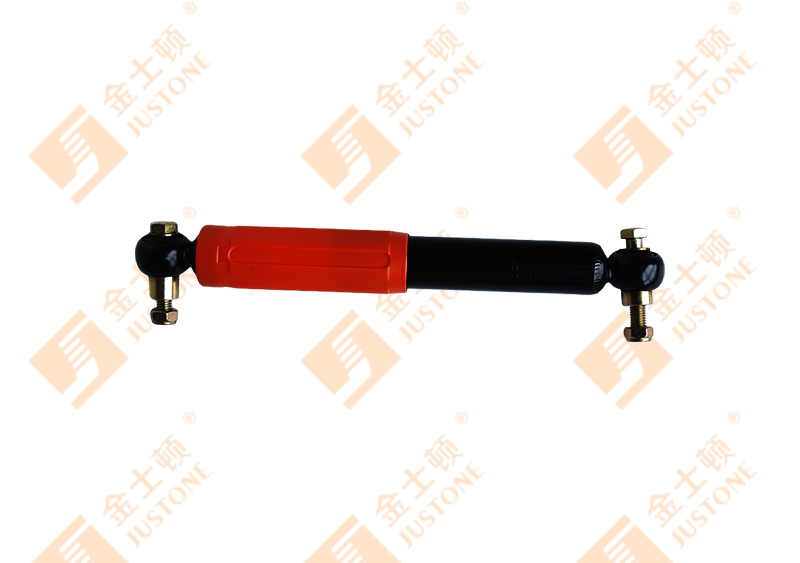Didn't find a product that suits you?
Contact us for the latest news.
Trailer coupling dampers play a critical role in absorbing shocks and vibrations between towing vehicles and trailers, enhancing safety and ride comfort. Proper maintenance ensures these components perform optimally, reduces wear on the coupling system, and prolongs service life. This article outlines practical steps for maintaining trailer coupling dampers and provides insights for fleet operators, mechanics, and individual users.
Trailer coupling dampers, also known as anti-shock or anti-bounce devices, are installed in the hitch system to minimize impact forces and vibrations transmitted between a towing vehicle and the trailer. They come in various types, including hydraulic, rubber, and elastomeric dampers. Each type has specific characteristics: hydraulic dampers offer smooth energy absorption, rubber dampers provide flexibility and durability, and elastomeric models balance both properties. Knowing the type installed is crucial for effective maintenance and inspection.
Inspection is the first step in maintaining trailer coupling dampers. Regular visual checks help detect early signs of wear or damage. Look for cracks, deformations, fluid leaks, or signs of excessive compression. Cleaning is equally important, as dirt, mud, and debris can impair damper performance and accelerate wear.
For hydraulic dampers, proper lubrication and fluid levels are essential. Over time, hydraulic fluid can degrade, leading to reduced damping efficiency. Elastomeric and rubber dampers typically do not require fluid but benefit from anti-aging treatments and surface protection to maintain elasticity.
Loose bolts, pins, or other fasteners can compromise damper performance and increase wear. Regular torque checks and fastener inspections help maintain the correct preload and prevent vibration-related failures.
Monitoring wear ensures that dampers continue to perform effectively. Measurement of damper compression and rebound rates helps detect deterioration before it affects towing stability.
Even with proper maintenance, trailer coupling dampers have a finite service life. Recognizing the signs of end-of-life and scheduling timely replacements are critical to safe towing operations.
The following table provides a summary of key steps and frequency for trailer coupling damper maintenance:
| Maintenance Step | Frequency | Notes |
| Visual inspection for cracks and leaks | Monthly | Clean before inspection |
| Lubrication or protective coating | Quarterly | Hydraulic fluid for hydraulic dampers |
| Fastener torque checks | Every 3 months | Use calibrated torque tools |
| Performance and compression testing | Annually | Compare to baseline measurements |
Maintaining trailer coupling dampers requires a structured approach including inspection, cleaning, lubrication, fastener checks, performance testing, and timely replacement. By following these steps, operators can ensure safe towing, reduce mechanical stress on trailer and towing systems, and extend the damper’s service life.
A well-maintained damper system not only improves ride quality but also prevents costly repairs and enhances overall fleet safety. Consistent adherence to manufacturer guidelines and periodic checks is essential for reliable and efficient towing operations.
